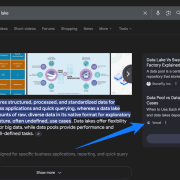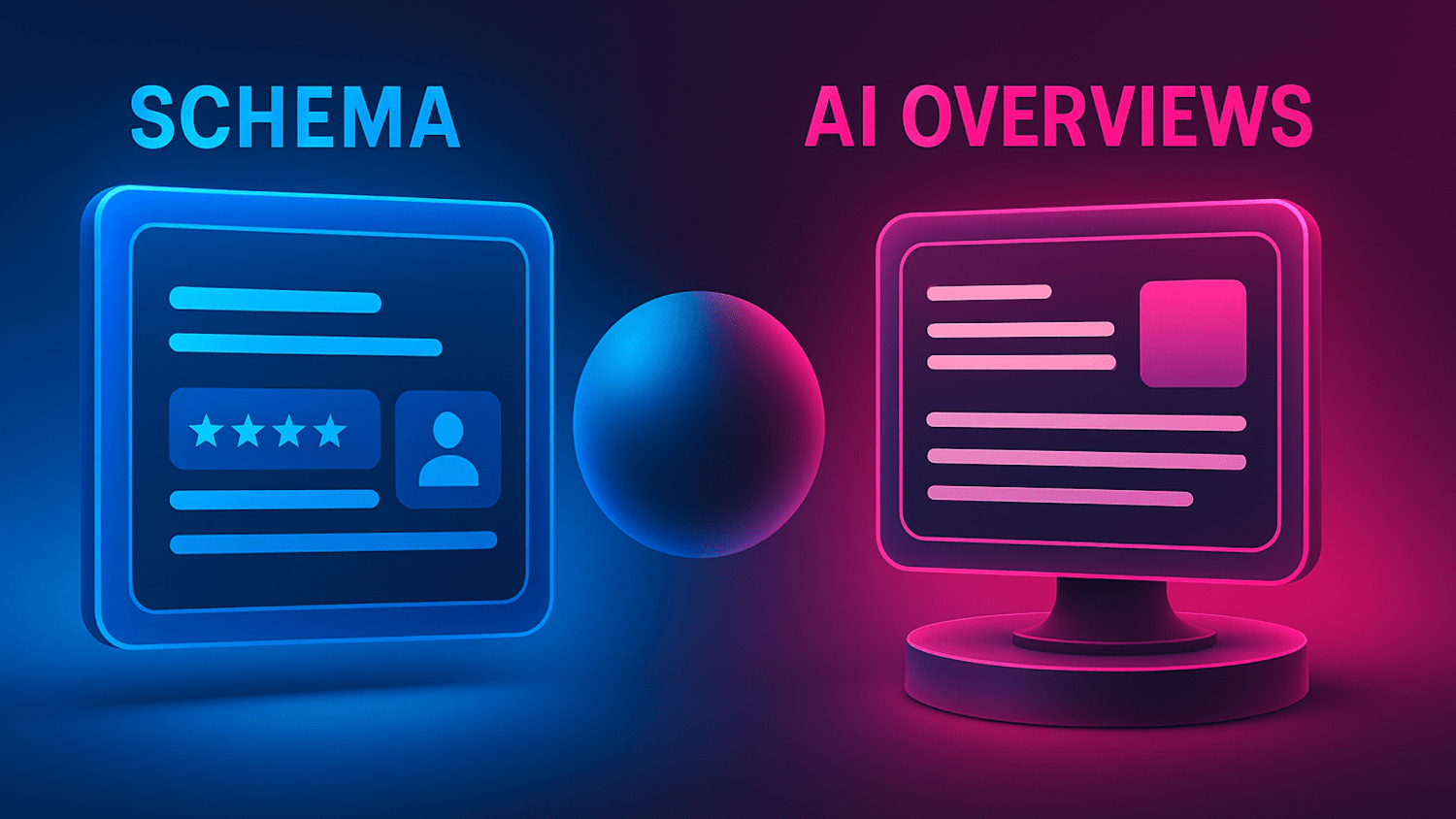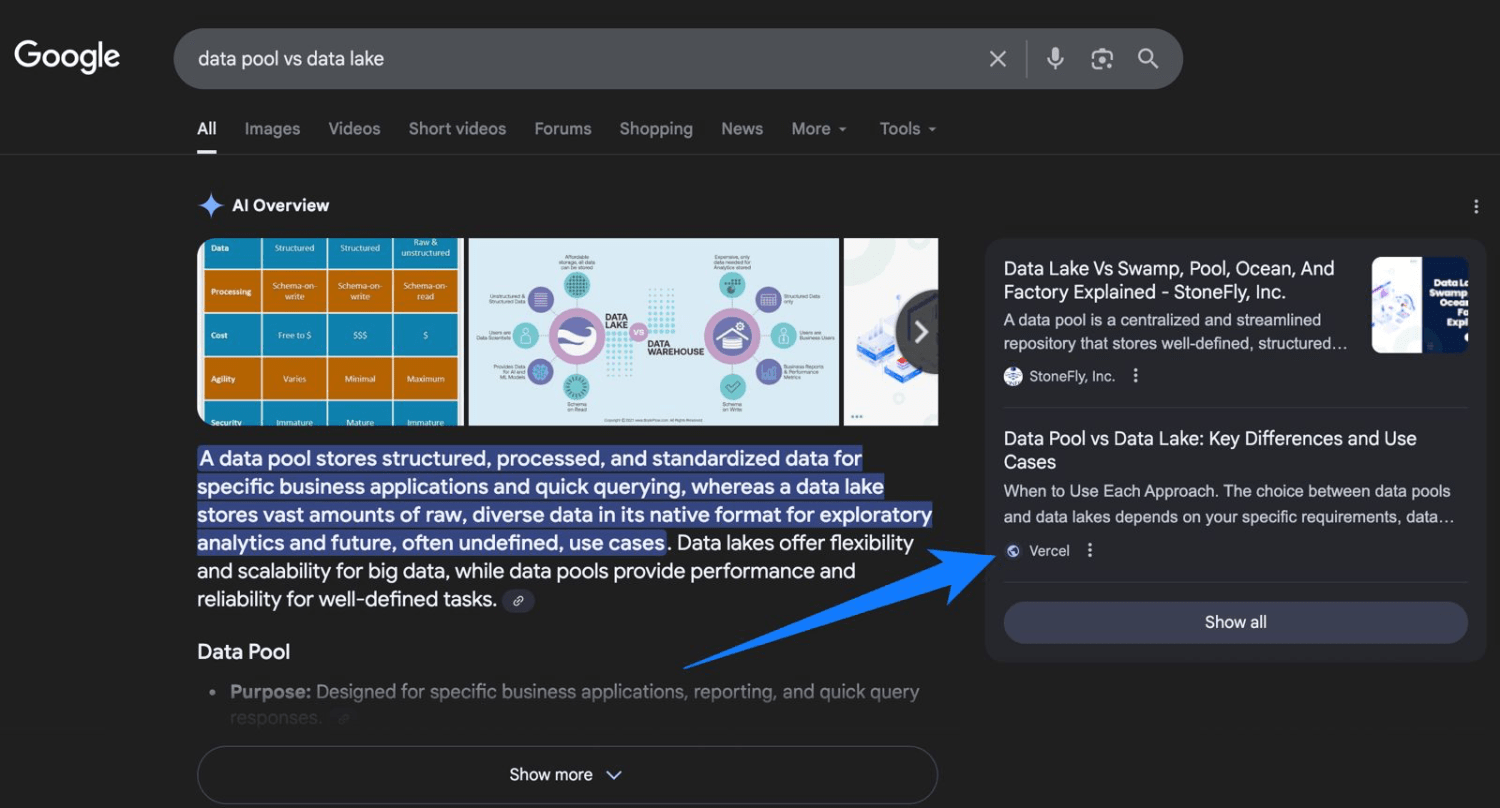My SEO mantra in the age of GEO is from the great Lil Wayne, “Real G’s move in silence like lasagna.”
Translation for SEO marketers: the most effective GEO moves aren’t loud growth hacks. They’re the subtle edits and formatting that make AI cite you without fanfare.
To help with your GEO audit, here’s an inside peek into my secret menu.
Take a look at my GEO content audit template.
It’s an evolution of my SEO content audit.
As Google’s Danny Sullivan has been telling rooms full of marketers, “Good SEO is good GEO.”
That’s why I like to think of GEO as SEO’s MTV Unplugged version. It’s the same band, same lyrics, just stripped down, reimaged, and way more personal.
Alright, enough philosophy. You came here for the secret recipe. Let’s crack open the GEO content audit template and see how it works in practice.
Use this GEO content audit template
Cool. You’ve made a copy of the GEO content audit template. Now what?
Here are the key sheets you’ll work through:
- Summary: High-level snapshot once you’ve scored everything.
- Action list: Quick recap of next steps that summarizes all your findings from the other tabs.
- Content inventory: This is the backbone. Filters include:
- URL.
- Action.
- Strategy.
- Page title.
- Last updated date.
- Author.
- Word count.
- Readability.
- Average words per sentence.
- Keywords.
- Canonical.
- Internal links.
- And more.
- Indexability/architecture/ URL design/on-page: Your technical health is still important.
- Structured data: Markup needed and where.
- International: Hreflang, language, local cues (currency, units, spelling, trust marks).
- Speed: Yes, page speed is still important.
- Content and gaps: Quality scoring and what’s missing.
- Linking: Internal link plans and external targets.
- Refresh: Cadence schedules by asset type.
You’ll bounce between content inventory, structured data, content, content gaps, and linking the most.
Tools you’ll want on hand
- Crawling and gaps: Screaming Frog, Ahrefs, or Semrush for keywords and links.
- Search Console: Build a regex brand view (brand + misspellings + product names) to watch demand move as AI answers spread.
- Prompt testing: Manually test core buyer prompts in ChatGPT, Google AI Overviews/AI Mode, Gemini, Copilot, Perplexity. Log inclusions and citations. BrightEdge’s dataset shows that you’ll see a lot of disagreement across platforms. Expect that.
- Attribution: Roadway AI (or similar) to connect topics/pages to pipeline and revenue for your QBR.
How to do a GEO content audit (with the template)
1. Set goals
Pick outcomes that map to how people actually find you now:
- Inclusion rate: Percentage of target prompts where your brand is mentioned inside ChatGPT/AI Overviews/AI Mode/Perplexity/Copilot.
- Homepage and direct lift: Buyers often go to AI → Google → your homepage. This is why you’ll want to watch branded impressions and homepage sessions.
- Revenue by topic/page: Wire this to your attribution tool.
Why this mix?
Because AI boxes change, and engines disagree.
A blended scoreboard helps you avoid chasing one fragile metric.
Pro move: Add “ChatGPT/AI Search” to “How did you hear about us?” in forms and sales notes and review weekly. Many teams report this is where the hint of AI-assisted discovery shows up first.
2. Build your content inventory
Using Screaming Frog, export every URL with: title/H1, last updated, author, canonical, word count, readability metrics, internal links, and a target query/theme.
Add a few custom fields:
- Direct-answer present (Y/N): Is there a <120-word summary up top that answers the main question?
- FAQ present (Y/N): Does it mirror prompt fragments and include FAQ schema?
Why?
If your page is tidy, answer-first, and properly marked up, it’s far easier to reference.
3. Segment by site, market, and language
Break your inventory into:
- Domain/subdomain/folder (e.g., .co.uk, /fr/).
- Market language variations (U.S. vs. U.K. English, Spain vs. Mexico Spanish).
- Indexability quirks (hidden duplicates, parameters, session IDs).
For international pages, score:
- Hreflang implementation (pointing to the right alternates; reciprocal).
- Local cues (currency, units, spelling, trust marks like local badges, VAT specifics).
- CTAs (country-specific copy, phone numbers, store links).
A shaky international setup is a fast way to look sloppy to users and AI models.
4. Pull the numbers
Look at more than organic:
- Organic sessions and conversions.
- Direct sessions and homepage trend
- GSC clicks/impressions/queries and brand regex trendline.
- Manual AI inclusion log (engine, prompt, did we show, who else got named?).
Google says the AI experiences drive “higher-quality clicks,” while many SEO marketers report general traffic decline.
Read both, and measure your own reality.
5. Judge the substance
Score every high-value page for “citable signal”:
- Direct answer up top (<120 words).
- Evidence: Proprietary data, SME quotes, methods, and links out to credible sources.
- Trade-offs: Where your product is not the best fit.
- FAQ block that mirrors prompt syntax (e.g., “best X for Y,” “X vs Y,” “pricing,” “implementation time”).
- Schema: FAQ, HowTo, Product, Organization/Author with published/updated dates.
6. Map gaps and conflicts
Create a hit list:
- Duplicates and cannibalization: Merge or redirect. If two pages answer the same thing, decide which one lives.
- Missing BOFU pages:
- “[Competitor] alternatives.”
- “X vs Y.”
- “Pricing.”
- “Industry-specific use cases.”
- Offsite holes: Are you absent from “Best of” lists, comparison hubs, review sites, and relevant forum threads? That’s where AI models shop for context. The more you appear on those domains, the likelier you are to get named in answers.
7. Establish next steps
Turn findings into a real plan:
- Fixes
- Hreflang clean-up.
- Canonicals.
- FAQ/HowTo/Product/Organization/Author schema.
- Direct-answer summaries added to target pages.
- Net-new assets
- “Alternatives,” “X vs Y,” pricing explainer, implementation guide.
- Video explainers (YouTube) with clear chapters.
- Region-specific FAQs and CTAs.
- Earned presence
- Shortlist the publishers and communities your buyers read.
- Pitch data-led pieces. Offer SME quotes and screenshots.
- For review sites (G2/Capterra), set up a gentle ask after X days live.
- Attribution
- Connect the page/topic to the pipeline and revenue so that GEO progress is reflected in QBRs (e.g., Roadway or similar).
Worked example: Filling the template
Let’s see what this looks like in practice. Here’s a sample workflow that uses the GEO content audit template step by step.
- Create your goals:
- Hit 40% inclusion across 50 priority prompts in AI Overviews/ChatGPT
- +15% homepage sessions QoQ
- +25% topic revenue for X cluster.
- Load all URLs. Pick the top 100 URLs to tackle first. Manually update columns with and complete the action with: keep, update, merge, redirect.
- Plan to add FAQ where you mirror prompt fragments. Think about adding Organization/Author (with bios and dates).
- Check hreflang and copy cues (currency, units, etc.). Flag any market where your “local” page reads like a machine translation or uses the wrong signals.
- List missing BOFU pages and industry variants. Prioritize by buyer impact.
- Add internal links from top-traffic pages to the pages you want cited. Short, descriptive anchors that mirror the question asked.
- Turn your action list into tickets. Dates. Owners. Status. Nothing lingers.
- For each of your 50 prompts, record: engine, date, question, inclusion (Y/N), snippet, and other brands named. Check weekly for movement. Why weekly? Because Google keeps tinkering with AI Mode, links, carousels, and new UI, your presence can shift with those tweaks.
Keep these moves in mind to keep your audit on beat
Refresh cadence
Fast vertical (finance, travel, fast-moving SaaS)? Aim for quarterly.
Other verticals can run biannual or annual content refreshes.
Fresh, cited, and updated content tends to fare better for AI Overviews and Perplexity.
Both are leaning hard on recency and clarity, and Google is actively testing more visible links in those AI blocks.
Local content beats translation
U.K. ≠ U.S.
Spain ≠ Mexico.
Adjust spelling, units, currency, trust marks, and examples.
Tune the FAQ to local search habits and buyer objections.
If your Canadian page says “sales tax” instead of GST/HST, people notice – so do models.
Track what matters, not just what’s easy
- Inclusion rate across engines
- Brand regex impressions in GSC
- Homepage/direct lift
- Revenue by topic/page
Chasing “LLM rankings” is sketchy. Use trackers as signals, not gospel.
What’s really the difference between a GEO content audit and an SEO content audit?
It’s a review of your content and your offsite footprint through an AI lens: Is your stuff scannable, citable, up-to-date, and backed by authority that LLMs trust?
SEO audit focuses on ranking and traffic on your own site. You crawl, fix indexing, resolve cannibalization, etc. It’s the classic playbook.
GEO audit focuses on representation and citability. You still care about structure and technicals, but you also score whether your brand appears in AI answers, even when the cited page isn’t yours.
You check if your content opens with a direct answer, mirrors prompt questions (and has FAQ schema), and is referenced by publishers, YouTube videos, Reddit threads, and review sites.
You need both
Skipping either is like training your upper body only. You’ll look fine in a tank top, but probably should avoid shorts.
Rankings still matter for discovery and for the content AI scrapes.
GEO pushes you to become answer-worthy across the broader web.
Or in Sullivan’s phrasing, good SEO already points you toward good GEO.
Pour one out for your old SEO friends – GEO is part of the scene
GEO is here to stay. Call it bad news delivered with a good whiskey.
Visibility is shifting to AI answers. If you’re referenced in AI answers, you’ll feel it in your top-funnel numbers.
Competitors can “win” even when their site isn’t ranking because third-party pages that mention them get cited.
“You want a content plan that isn’t sipping vodka Red Bulls like it’s still 2015, then blacking out the second AI changes the playlist.
This is your GEO content audit curtain call
ChatGPT doesn’t even have a SERP. It has an answer. If Google leans further into AI Mode, that answer becomes the main act.
Your job: be the source cited.
You want a content plan that doesn’t involve sipping vodka Red Bulls like it’s still 2015 and blacking out the second AI changes the playlist.
So run the audit, tighten structure, add proof, win some offsite mentions, and track inclusion, not just rankings.
Tie this to revenue so nobody calls this a science project.
Read more at


























